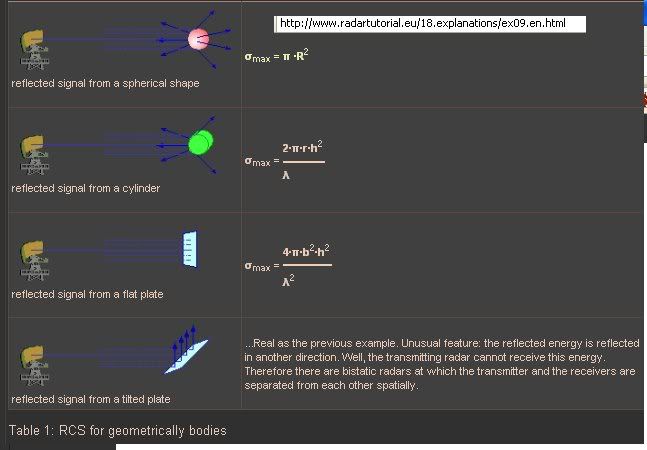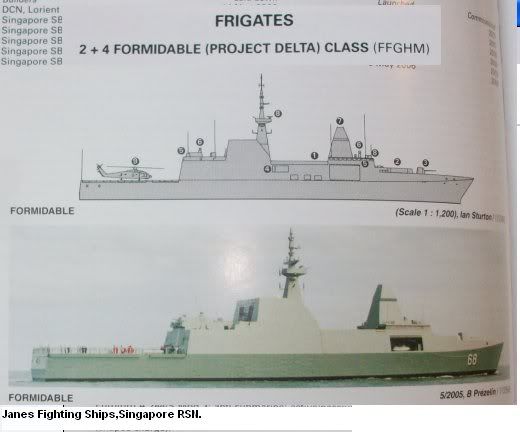Retired Admiral James Lyons had a piece up in the Washington Times on Sunday.
The whole thing is worth a read, particularly:
The overall costs of the LCS are largely driven by the speed requirement of 50 knots. It can be safely assumed that between 30 percent and 40 percent of the current hull, mechanical and electrical (HM&E) costs are directly attributed to the speed requirement. It is not transparently clear what a 50 knot capability (as opposed to 30 knots) confers in the threat today of Mach 1-plus air and surface launched guided-stealthy missiles plus 70-plus-knot torpedoes. Furthermore, in any type of seaway, the ship will not operate at 50 knots nor will it operate at 50 knots in 20 feet of water unless the intention is to dig a trench in the seabed.
and
In the bid to reduce weight (for speed) both designs include significant amounts of aluminum, but little or no composites in their superstructure. One is almost all aluminum. We continue to ignore the lessons drawn from the Falklands war where British ships with aluminum superstructures burned to the gunwales in a littoral sea fight with Argentine aircraft-delivered iron bombs and French short-range Exocet missiles. Perhaps we should review the logic presented in the mid-1980s when we opted for an all-steel Arleigh Burke DDG-51 destroyer.
Murdoc was once a rather strong LCS supporter, but that was when they were cheap and on schedule. That has changed, and so has my belief that this is a good program. Certainly no DD(X), but not something I want our Navy to hang its future capability on, either. Adm. Lyons suggests something along the lines of the Norwegian and Spanish Aegis frigates, and I’ve often asked “where is the 21st century FFG-7?”
Claims that the LCS are important to keeping the Navy in the fight against today’s terrorism and piracy don’t really hold a lot of water with me. The aircraft carrier is still the heavy hitter in nearly any environment, and if we’re talking swarms of smaller surface combatants or dangerous littoral operations, shouldn’t we be talking about corvettes and PT boats rather than $550 million light destroyers?
More commentary at CDR Salamander and New Wars.
ALSO: Contractors market LCS boats to Navy:
The Navy’s first littoral combat ship, the Freedom, has only been in commission for a little more than three months, but contractors are already aspiring to add new boats and accessories to go with the “pickup truck” warship.
Defense giants Lockheed Martin and Northrop Grumman each used the mid-January Surface Navy Association symposium outside Washington to showcase designs for experimental, modular boats that could potentially deploy from an LCS close to shore and venture up shallow lakes and rivers.











